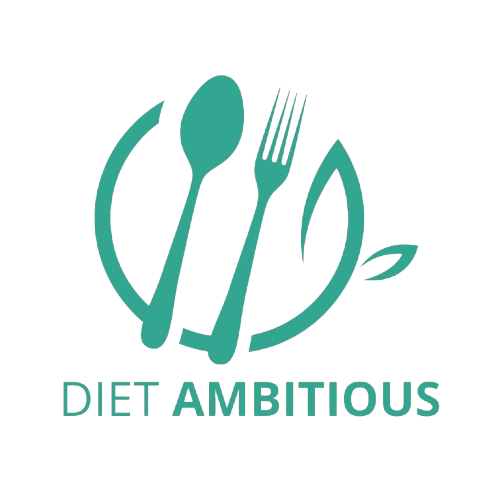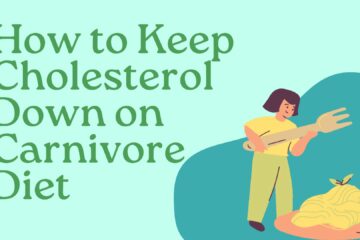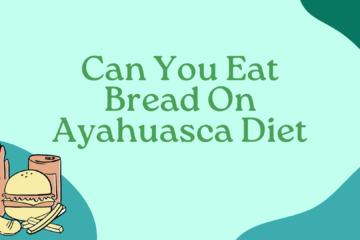When it comes to healthy eating patterns, two diets often come up in the same conversation: the Blue Zone diet and the Mediterranean diet. Both are known for promoting long life, preventing chronic illness, and emphasizing whole, plant-based foods.
But while they overlap in many areas, they have some key differences that might make one better suited to your lifestyle than the other. Let’s explore the Blue Zone vs. Mediterranean diet in a friendly, easy-to-understand way so you can decide which one feels right for you.
Table of Contents
What is the Blue Zone Diet?
The Blue Zone diet is inspired by five regions in the world where people live significantly longer, healthier lives. These regions—known as the Blue Zones—are:
- Okinawa, Japan
- Sardinia, Italy
- Nicoya, Costa Rica
- Ikaria, Greece
- Loma Linda, California (specifically the Seventh-day Adventist community)
Researchers found that people in these areas shared similar lifestyle and dietary habits that contributed to their longevity. The Blue Zone diet is plant-forward and focuses on simplicity.
Key Features of the Blue Zone Diet
- 90–95% plant-based: Lots of vegetables, beans, legumes, whole grains, fruits, and nuts.
- Minimal meat and dairy: Meat is eaten a few times a month; dairy in small amounts.
- Limited sugar: Naturally occurring sugars from fruit are fine, but added sugars are rare.
- Whole foods only: Processed foods are a no-no.
- Beans are the star: One of the biggest sources of protein.
- Moderate alcohol: Often a glass of wine with meals (except in Loma Linda).
It’s not just about food—people in Blue Zones also walk a lot, have strong social networks, and manage stress well.
What is the Mediterranean Diet?
The Mediterranean diet is based on the traditional eating habits of countries bordering the Mediterranean Sea, especially Greece, Italy, and southern Spain. It’s one of the most well-researched diets in the world and is praised for heart health, weight control, and lowering the risk of chronic disease.
Key Features of the Mediterranean Diet
- Emphasizes healthy fats: Especially from olive oil, nuts, and fatty fish.
- Abundant fruits and vegetables: Think colorful plates loaded with fresh produce.
- Whole grains and legumes: Brown rice, quinoa, lentils, and chickpeas are staples.
- Moderate dairy: Cheese and yogurt are enjoyed regularly but in moderation.
- Fish and poultry: Eaten often, while red meat is rare.
- Wine in moderation: Often one glass a day, especially with meals.
- Herbs and spices over salt: Flavor without the sodium.
The Mediterranean diet is flavorful, flexible, and more liberal with ingredients than the Blue Zone approach.
Blue Zone vs. Mediterranean Diet: What’s the Same?
- Whole, unprocessed foods: Both diets center around eating real food.
- Plant-based focus: Plants are the foundation, with meat used sparingly.
- Healthy fats: Nuts, seeds, and oils play a role (though Blue Zones use less oil overall).
- Beans and legumes: A major source of protein in both diets.
- Wine in moderation: Social wine drinking is part of the lifestyle, but not excessive.
- Long-term health benefits: Both are linked to reduced risk of heart disease, cancer, diabetes, and cognitive decline.
What’s Different?
| Feature | Blue Zone Diet | Mediterranean Diet |
|---|---|---|
| Origin | Based on specific long-lived communities | Traditional diet from Mediterranean region |
| Animal products | Very limited | More frequent (fish, poultry, dairy) |
| Oil usage | Minimal oils | Heavy emphasis on olive oil |
| Cultural background | Rooted in longevity studies | Rooted in traditional regional cuisine |
| Processed food | Almost none allowed | Minimal but more flexible |
| Protein source | Mostly plant-based (beans) | Plant-based with some animal protein |
Which Diet is Better for You?
That depends on your lifestyle and goals:
- Go Blue Zone if you want to eat mostly plant-based, love simplicity, and aim to reduce animal product intake.
- Go Mediterranean if you prefer a flexible, flavorful diet that still focuses on whole foods but includes fish, olive oil, and dairy.
Both are excellent choices, so you don’t really need to choose one over the other. In fact, many people blend elements of both—eating plant-based most of the time, using olive oil, and occasionally enjoying fish or cheese.
Final Thoughts
Whether you’re looking to live longer, eat healthier, or just feel better day to day, both the Blue Zone and Mediterranean diets offer amazing benefits. They encourage whole foods, colorful plates, mindful eating, and a positive lifestyle. If you’re not ready for a full-on switch, try small changes—like adding more beans to your meals or replacing butter with olive oil.
Remember: the best diet is one you can enjoy and stick with. So pick the parts that work for you, mix and match, and create a routine that supports your health and happiness for the long haul.




